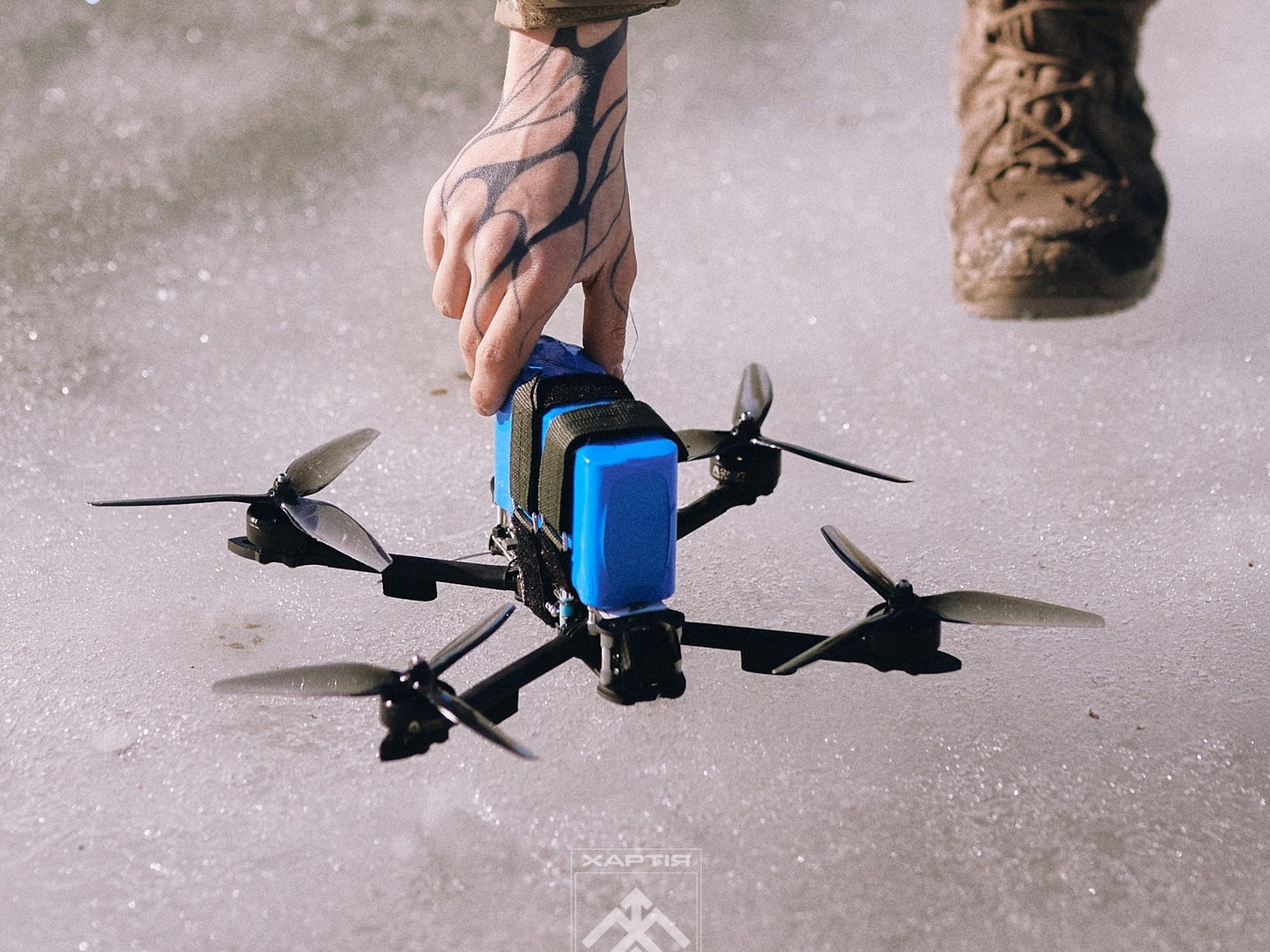Drone warfare in Ukraine: drone carriers, counter-Shahed efforts, and the role of Telegram
Three key stories of the week: May 21 - May 27, 2025.

In light of stalled negotiations and the lack of expected engagement from the United States, Russia appears to see no alternative but to escalate its drone and missile attacks against Ukraine, launching over 350 drones in a single night. Several updates in this week’s digest focus on Russian technologies, including upgraded Shahed drones that now fly faster and at higher altitudes. The digest also covers renewed attention to the use of Telegram channels in Shahed operations — not a new tactic, but one that came under the spotlight last week.
I conclude with another emerging trend: drone carriers, or "mothership drones," which are being increasingly employed by both Ukraine and Russia.
Thank you for reading and supporting my work!
Russia’s drone attacks have become more complex. What does Ukraine need to repel them?
On the night of May 26, Russians launched nine air-launched Kh-101 cruise missiles, along with a record number of drones — 355.
Russia is increasing the intensity of kamikaze drone attacks, particularly with Shaheds, and Ukraine needs to find more efficient and cost-effective ways to destroy them, this was stated by the spokesperson of the Ukrainian Air Force. According to the ISW, Putin intensified his strikes, intending to draw attention away from Russia's slow, grinding advances in the east, generating feelings of hopelessness in Ukraine and the West, and discouraging further support from European capitals and the U.S. by falsely portraying a Russian victory as inevitable.
Additionally, there is a growing number of decoy drones that look and sound like Shaheds but are actually false targets. “This puts a serious strain on air defense systems, which must respond to every object — both the real Shaheds and their imitators,” the Air Force spokesperson said. Using expensive surface-to-air missiles against cheap drones is inefficient. What’s needed are new means of defense — mass-produced, more affordable systems capable of protecting targets from drones.
A Ukrainian commander overseeing a mobile air defense unit said the Russian Shahed drones now fly faster and higher. He added that old machine guns aren't enough to kill them anymore, and his unit needs shoulder-launched missiles. Although Shaheds are slower and less lethal than cruise or ballistic missiles, they are significantly cheaper, enabling Russia to use them in large-scale attacks. While the Ukrainians can still shoot them down, the kill figures "have begun to decrease."
To overcome this altitude barrier and stably engage drones with firepower, mobile groups need to use additional weapons, like shoulder-launched surface-to-air missiles, or MANPADS. Right now, there is a shortage of inexpensive, hand-held MANPADS systems to shoot down drones. The military is ready to undergo a rapid course in MANPADS operation and use this means of destruction when it is impossible to do so with machine guns. A combined-arms approach to destroying drones, like using portable missile launchers in tandem with machine guns, would strengthen Ukraine's ability to defend itself.
Another option for countering Shaheds is interceptor drones. On May 26, Ukrainian troops successfully downed Russian Shahed drones using Sting interceptor drones developed by the Ukrainian Wild Hornets, according to a video released. Read more about interceptor drones in my recent newsletter: Rising Trend: Ukraine’s Interceptor Drones in Action.
Last week, Zelensky instructed a significant increase in the production of Ukrainian interceptor drones, and said that Ukraine will attract more funding from partners to support this effort.
Shaheds, SIM Cards, and Telegram Channels: How They All Work Together
On May 25th, The Economist, citing anonymous Ukrainian engineers, reported that Russian drones are now controlled via Telegram bots, which transmit real-time flight data and video to human operators: “The team say they recently discovered a note inside one of the drones they were dismantling—presumably left by a sympathetic Russian engineer—which hinted at the new control algorithm. The drones are controlled via bots on the Telegram social-media platform, the note indicated, sending flight data and live video feeds back to human operators in real time.”



